In Your Neighborhood: Mill Creek
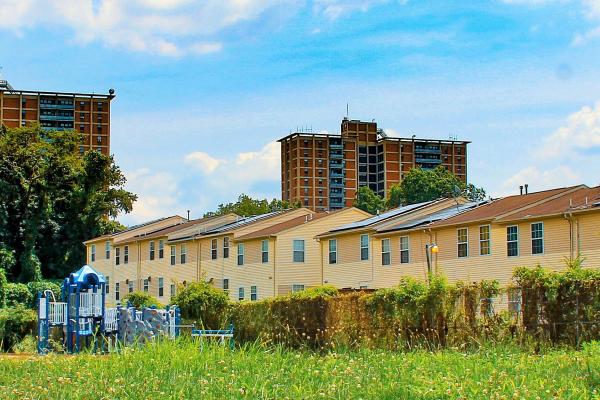
For three quarters of the past century, public housing has controversially served low-income residents of several West Philadelphia neighborhoods.
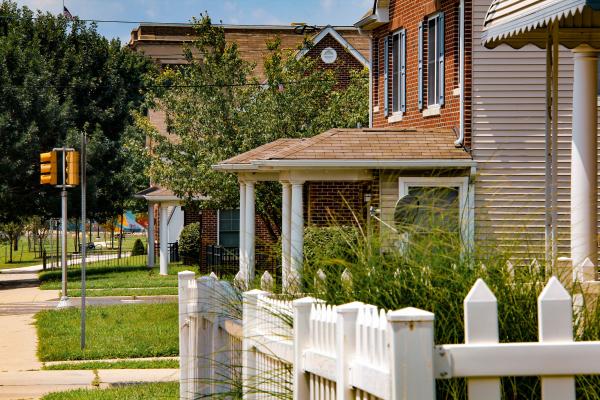
At the turn of the Millennium, Mill Creek Homes was in a state of neglect and disrepair. The project’s replacement would be the vibrant and radically different Lucien E. Blackwell Homes.
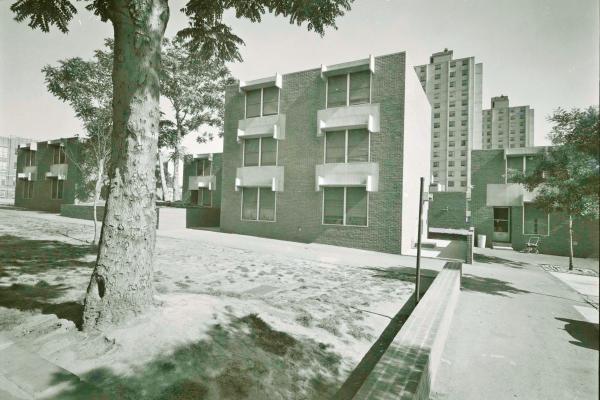
The architect Louis I. Kahn’s design for Mill Creek Homes—three 17-storey high-rise buildings and a cluster of two- and three-storey low-rises—was implemented by the Philadelphia Housing Authority in the Mill Creek neighborhood beginning in 1953 and extending into the 1960s, though with reductions in Kahn’s original design.
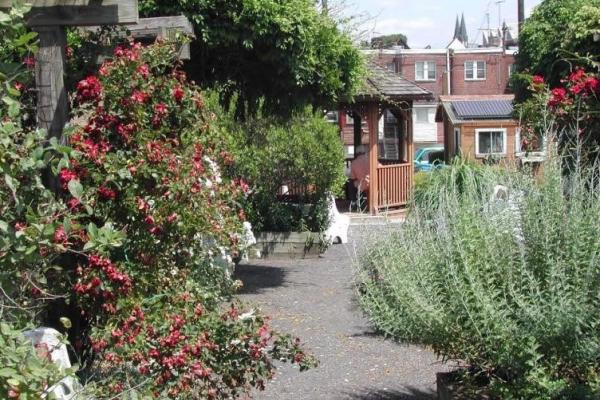
Since 1987, Anne Whiston Spirn, a renowned landscape historian, first at the University of Pennsylvania, now at the Massachusetts Institute of Technology (MIT), has been actively involved with her students, West Philadelphia community allies, and the Philadelphia Water Department in studying the Mill Creek watershed and helping to develop reclamation and education programs in the Mill Creek neighborhood; her initiative is called the West Philadelphia Landscape Project.
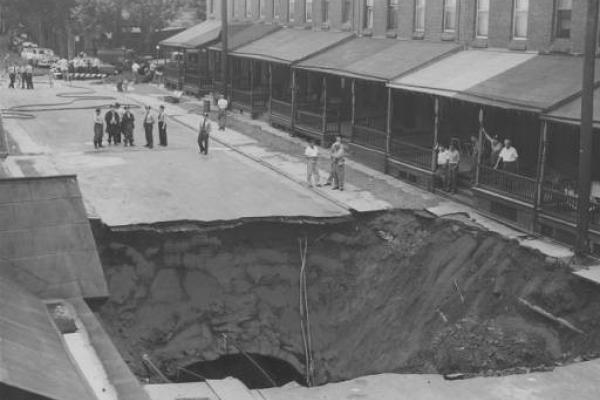
In the 20th century, with the development of one suburb after another, the “built landscape” of West Philadelphia deposited unmanageable amounts of wastewater in the Mill Creek sewer, which, under severe pressure, periodically overflowed and, more disastrously, collapsed.
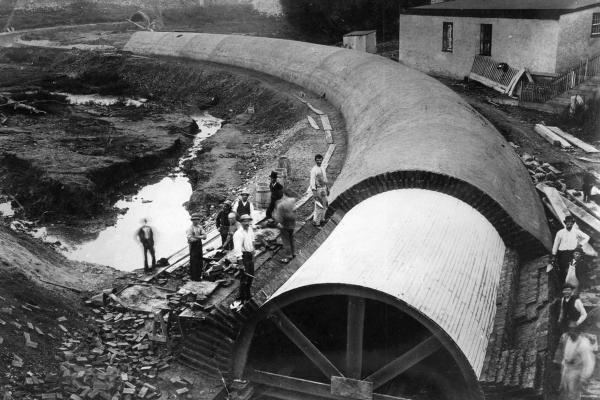
In the early 19th century, textile mills arose along Mill Creek. The late 19th century saw the “burial” of the creek in a culverted sewer, which extended from the future intersection of City Line Avenue near 63rd Street to the Schuylkill River below Baltimore Avenue.

Mill Creek, once a power source for various mills, achieved notoriety in the 20th century as an underground culverted sewer and submerged floodplain that wreaked havoc with the West Philadelphia landscape.
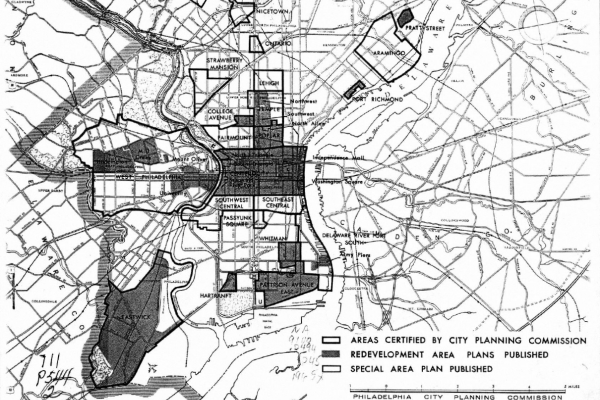
Following World War II, urban renewal provided the resources for city officials and developers to create dramatic changes to the physical and social landscape of West Philadelphia.